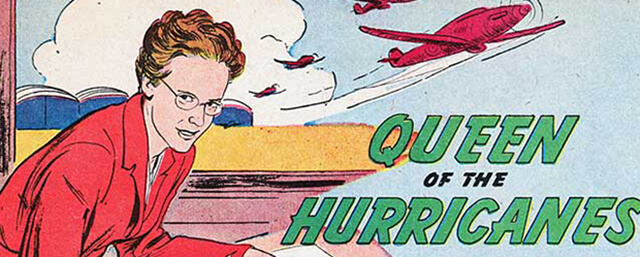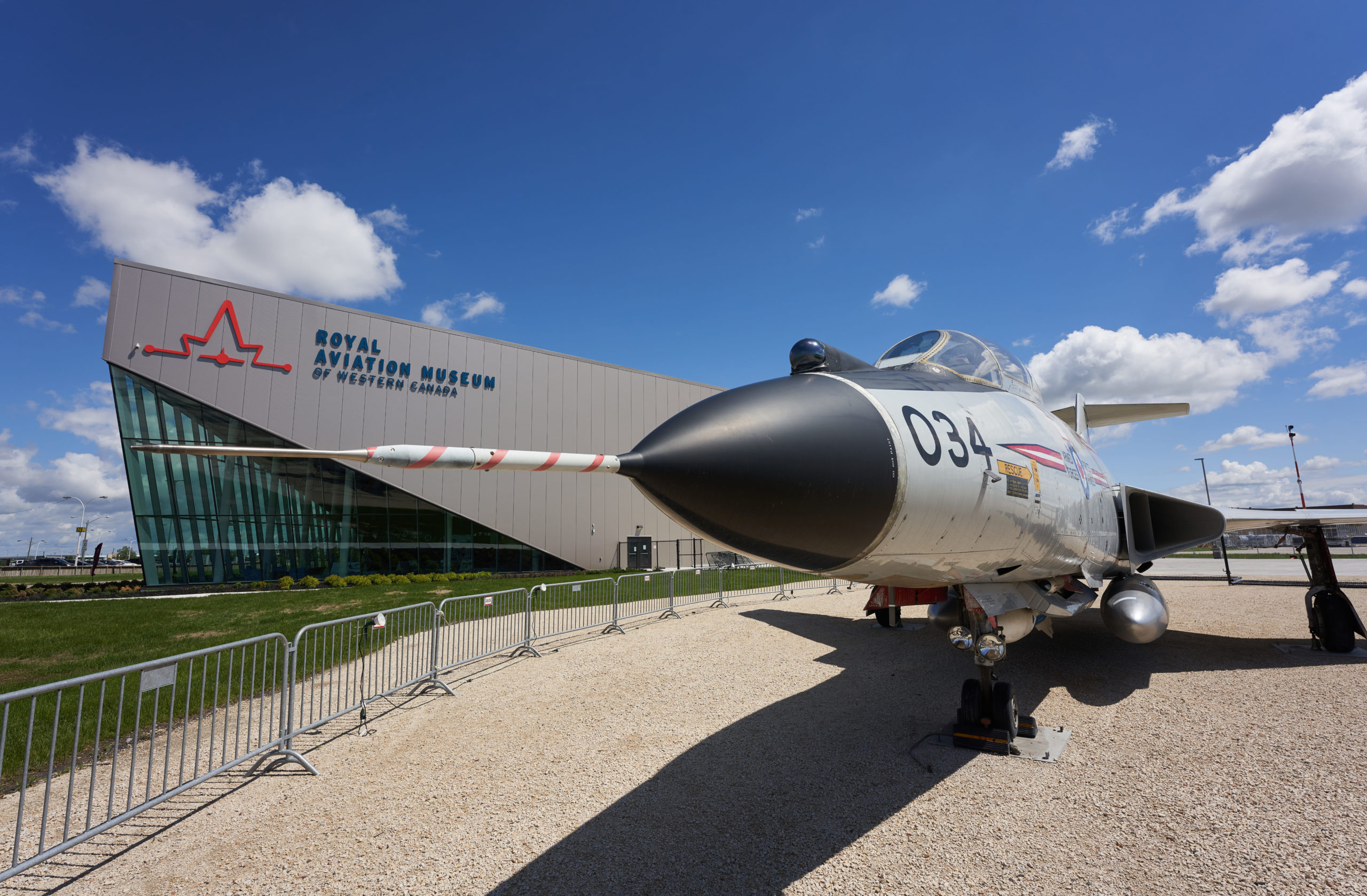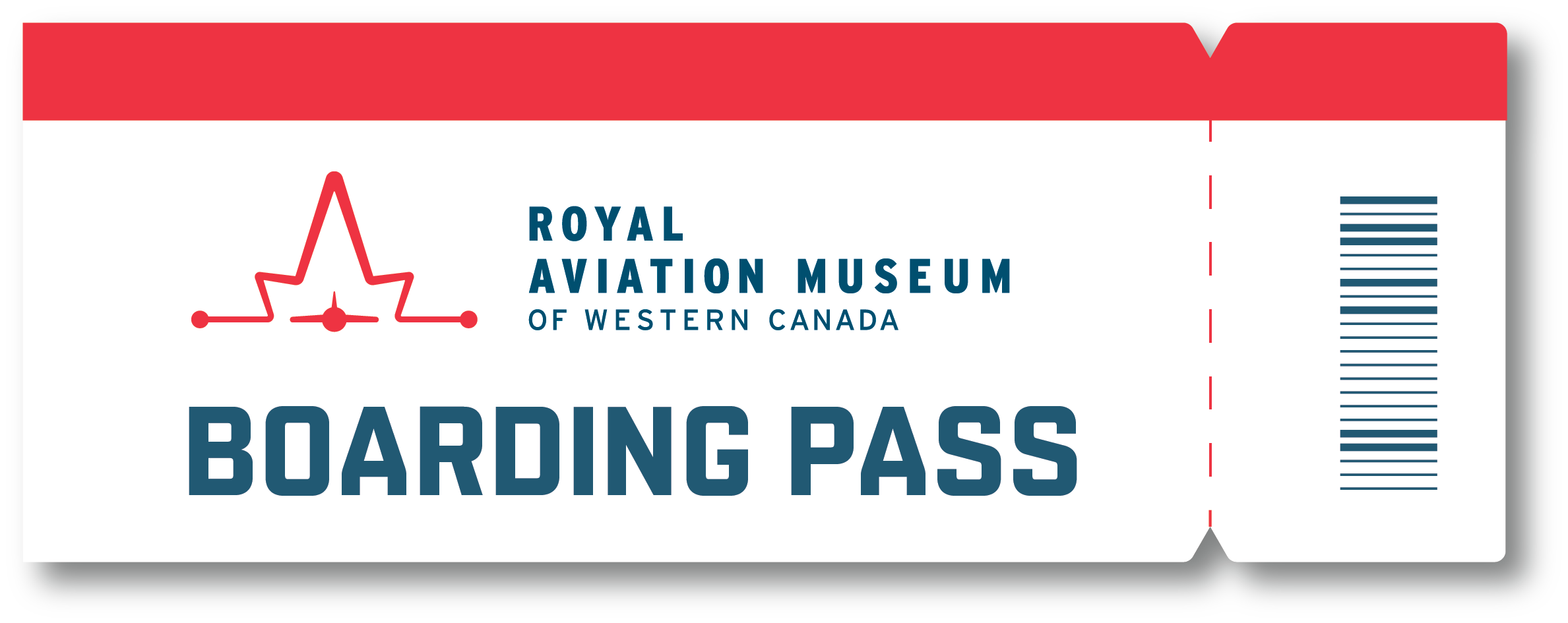Davide Montebruno, Curator, Royal Aviation Museum of Western Canada
Elisabeth ‘Elsie’ MacGill was determined for a career in aviation from the start.
Beginning her studies in the 1920s, she became the first woman in Canada to graduate with an electrical engineering degree, and would go on to be first woman in the world to graduate with a master’s in aeronautical engineering.
When MacGill was struck with a severe polio infection and doctors told her she’d be permanently paralysed from the waist down, that didn’t deter her either. Not only did MacGill regain limited movement in her legs by exercising every day, she also completed her doctoral studies during her recovery.
A first of its kind career
Dr. Elsie MacGill entered the male-dominated aviation industry as an assistant aeronautical engineer with Fairchild Aircraft in Quebec, where she worked as a wind tunnel analyst in helping design Canada’s first metal-hulled airplane, the Fairchild Super 71.
When World War II broke out, MacGill was the Chief Aeronautical Engineer with Can Car in Ontario. British aircraft manufactures struggled to keep up with the high demand for planes to fight in the Battle of Britain—a four month-long air battle that dominated the skies over England. To cope, the Royal Air Force hired Can Car to support the war effort by building their principal fighter plane: the Hawker Hurricane.
Production at the Can Car plant went into overdrive. The company’s assembly staff swelled from 500 to 3,000. Five hundred of their new hires were women.
A total of 1,400 Hurricanes were constructed at an astonishing rate of 20 per week, enough to replace the total losses of the Battle of Britain twice over. MacGill then designed a ‘winterised’ Hurricane, adapting rubberised electro-thermal de-icing strips for wing and tail surfaces.

Lasting effect on Canada’s aviation industry
After the war MacGill became a technical advisor to the United Nations International Civil Aviation Organisation. She also began using her reputation to advance the cause of women’s rights.
In 1967 she was named to the Royal Commission on the Status of Women and, in 1971, she created the National Action Committee to ensure the recommendations of the Royal Commission were upheld by the government.
According to her colleague, Dr. Lorna Marsden, Elsie MacGill’s tireless efforts to improve the safety of aircraft and to advance the cause of women’s rights, “changed the nature of this country legally, economically and certainly in terms of quality of life.”
MacGill’s legacy will live on at the Royal Aviation Museum of Western Canada.
The fully restored Fairchild Super 71 Prototype, which MacGill helped to build, will be back on permanent display in 2021.



